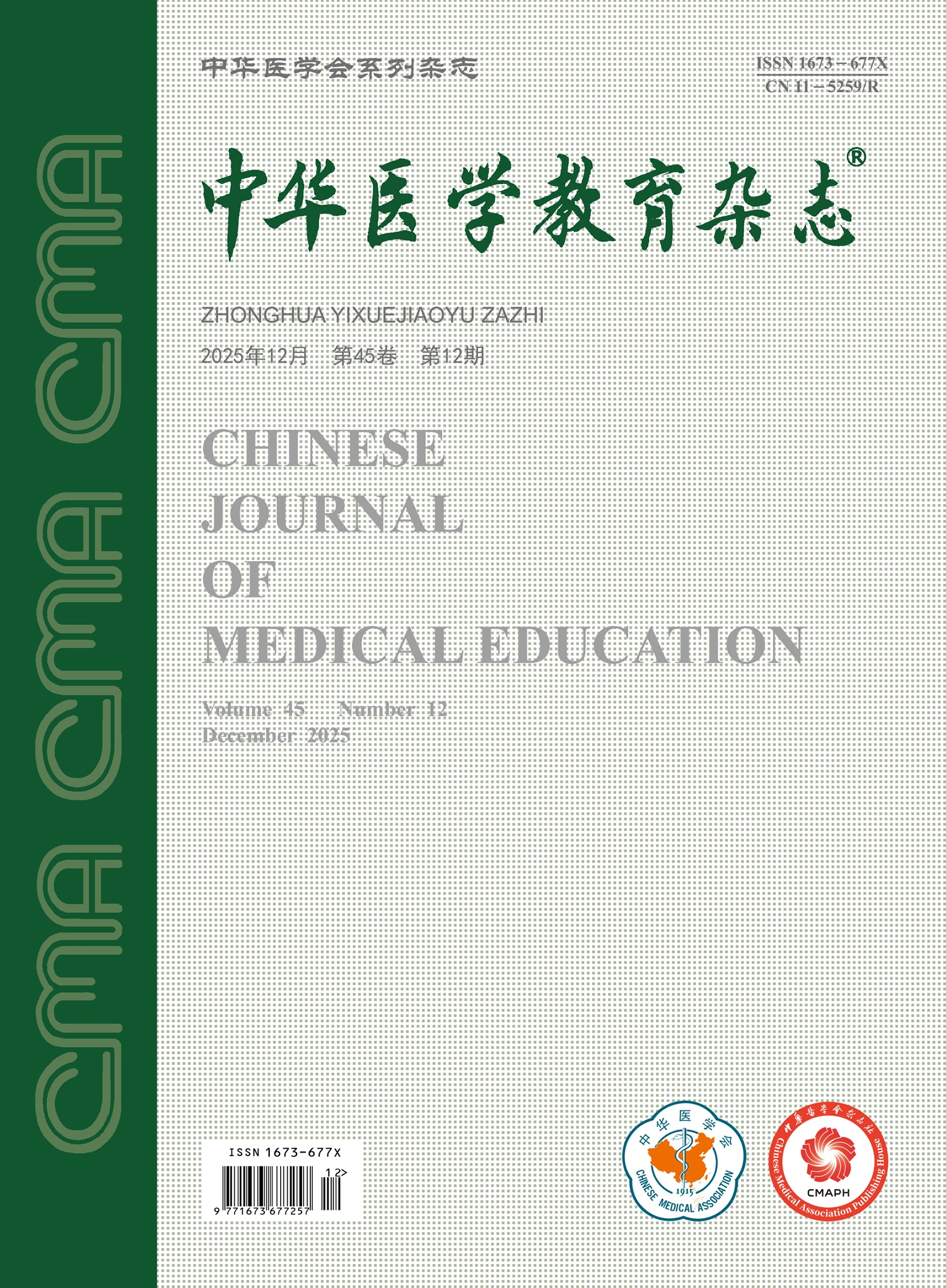|
|
Analysis on the results of end-of-training practical skills assessment among internal medicine resident trainees in Hunan Province in 2024
Ren Xiaohua, Wei Xing, Zhang Ting, Chang Lianjia, Shu Yibin, Shi Jingcheng, Guo Jie, Jiang Ranzi, Li Rong
2025, 45 (12):
939-944.
DOI: 10.3760/cma.j.cn115259-20250418-00436
Objective To analyze the results of end-of-training practical skills assessment among internal medicine resident trainees in Hunan province in 2024, and to inform future development of targeted internal medicine training plans. Methods This study was a cross-sectional investigation conducted in December 2024. A database was established using the assessment results of 708 internal medicine residents who participated in the 2024 end-of-training practical skills assessment for the internal medicine standardized residency training in Hunan Province. One-way analysis of variance (ANOVA) was used to compare differences in scores across various examination stations. Either one-way ANOVA or independent samples t-tests was used to analyze the differences in the five station scores and the total score among residents with different characteristics. The forced-entry method of multiple linear regression analysis was applied to identify influencing factors of the scores for the five stations and the total. Results The scores for the five stations, ranked from highest to lowest, were as follows: communication [(89.08±5.05)], clinical procedures [(83.04±7.78)], patient consultation [(79.74±8.87)], clinical reasoning 1 [(76.75±9.40)], and clinical reasoning 2 [(76.51±8.11)]. The differences in scores across the stations were statistically significant (F=303.095, P<0.001). Multiple linear regression analysis revealed that: (1) female internal medicine residents scored higher than males internal medicine residents in the patient consultation (β=0.101, P=0.008), clinical reasoning 1 (β=0.102, P=0.008), clinical procedures (β =0.171, P<0.001), and Communication stations (β=0.112, P=0.003), as well as in the total assessment score (β=0.174, P<0.001); (2) residents with professional master′s degree students scored higher than those in the commissioned training program in the clinical procedures station (β=0.145, P=0.017); (3) residents with postgraduate education scored higher than those internal medicine residents with a bachelor′s degree or lower in the clinical procedures (β=0.145, P=0.001) and communication stations (β=0.120, P=0.005), as well as in the total assessment score (β=0.105, P=0.013); (4) internal medicine residents trained at hospitals affiliated with provincial/ministerial-level health commissions scored lower than those internal medicine residents trained athospitals affiliated with municipal-level health commissions in the clinical reasoning 1 (β=-0.096, P=0.033) and clinical procedures stations (β=-0.148, P=0.001), as well as in the total assessment score (β =-0.102, P=0.021). Conclusions Internal medicine residents performed well in communication and clinical procedural skills. Female residents, professional master′s degree students, residents with postgraduate degrees, and hospitals affiliated with municipal-level health commissions perform better overall in the practical skills assessment. It is recommended to develop targeted training plans based on residents′ gender, trainee category, educational background, and training institution type to further enhance the quality of standardized residency training in internal medicine.
References |
Related Articles |
Metrics
|

